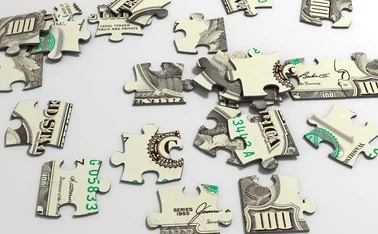
Greedflation, if it ever existed, is correcting itself
Steve Kamin constructs a “wage gap” to assess inflationary pressures in the US

In a speech on August 16, US Democratic presidential candidate Kamala Harris called for a federal ban on “price gouging” on groceries. This follows on from President Joe Biden’s proposal for a cap on corporate rent increases, and a longer-standing spate of arguments blaming the inflationary surge of the past few years on rising profit margins and corporate greed.
Although it is highly doubtful that the pandemic suddenly triggered an upswelling of corporate greed, it is true that in the
Only users who have a paid subscription or are part of a corporate subscription are able to print or copy content.
To access these options, along with all other subscription benefits, please contact info@centralbanking.com or view our subscription options here: subscriptions.centralbanking.com/subscribe
You are currently unable to print this content. Please contact info@centralbanking.com to find out more.
You are currently unable to copy this content. Please contact info@centralbanking.com to find out more.
Copyright Infopro Digital Limited. All rights reserved.
As outlined in our terms and conditions, https://www.infopro-digital.com/terms-and-conditions/subscriptions/ (point 2.4), printing is limited to a single copy.
If you would like to purchase additional rights please email info@centralbanking.com test test test
Copyright Infopro Digital Limited. All rights reserved.
You may share this content using our article tools. As outlined in our terms and conditions, https://www.infopro-digital.com/terms-and-conditions/subscriptions/ (clause 2.4), an Authorised User may only make one copy of the materials for their own personal use. You must also comply with the restrictions in clause 2.5.
If you would like to purchase additional rights please email info@centralbanking.com test test test








